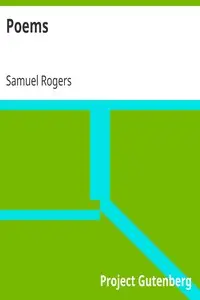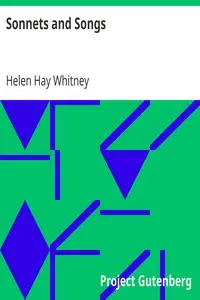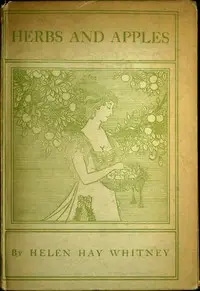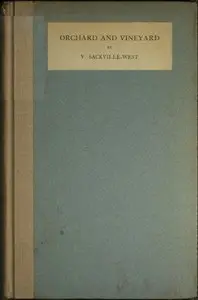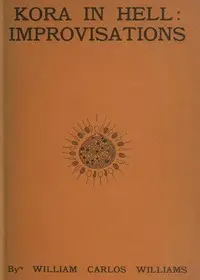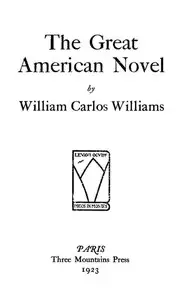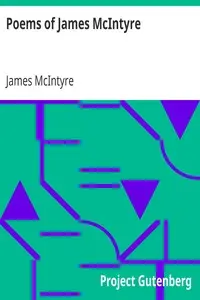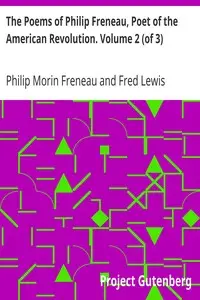"Sour Grapes: A Book of Poems" by William Carlos Williams presents a diverse collection of poetry from the early 1900s. The book journeys through nature, human emotions, and the relentless march of time, all while showcasing a modern and innovative style. Williams, celebrated for his sharp eye and ability to paint vivid pictures with words, turns ordinary moments into extraordinary experiences. From joyful odes to the rebirth of spring to deep reflections on love and sorrow, the poems explore a wide spectrum of feelings. The collection is known for its accessibility, using common language to create strong mental images. For example, a widow's sorrow is set against the lively backdrop of spring, and a fire engine becomes a symbol of intense city energy. In essence, Williams asks us to see the world anew through a modern perspective.

Sour Grapes: A Book of Poems
By William Carlos Williams
Experience life's delicate beauty and profound sorrow through poignant verse that transforms the mundane into striking moments of modern clarity.
Summary
About the AuthorWilliam Carlos Williams was an American poet and physician of Latin American descent closely associated with modernism and imagism. His Spring and All (1923) was written in the wake of T. S. Eliot's The Waste Land (1922). In his five-volume poem Paterson (1946–1958), he took Paterson, New Jersey as "my 'case' to work up. It called for a poetry such as I did not know, it was my duty to discover or make such a context on the 'thought.'" Some of his best known poems, "This Is Just to Say" and "The Red Wheelbarrow", are reflections on the everyday. Other poems reflect the influence of the visual arts. He, in turn, influenced the visual arts; his poem "The Great Figure" inspired the painting I Saw the Figure 5 in Gold by Charles Demuth. Williams was awarded a posthumous Pulitzer Prize for Poetry for Pictures from Brueghel and Other Poems (1962).
William Carlos Williams was an American poet and physician of Latin American descent closely associated with modernism and imagism. His Spring and All (1923) was written in the wake of T. S. Eliot's The Waste Land (1922). In his five-volume poem Paterson (1946–1958), he took Paterson, New Jersey as "my 'case' to work up. It called for a poetry such as I did not know, it was my duty to discover or make such a context on the 'thought.'" Some of his best known poems, "This Is Just to Say" and "The Red Wheelbarrow", are reflections on the everyday. Other poems reflect the influence of the visual arts. He, in turn, influenced the visual arts; his poem "The Great Figure" inspired the painting I Saw the Figure 5 in Gold by Charles Demuth. Williams was awarded a posthumous Pulitzer Prize for Poetry for Pictures from Brueghel and Other Poems (1962).

